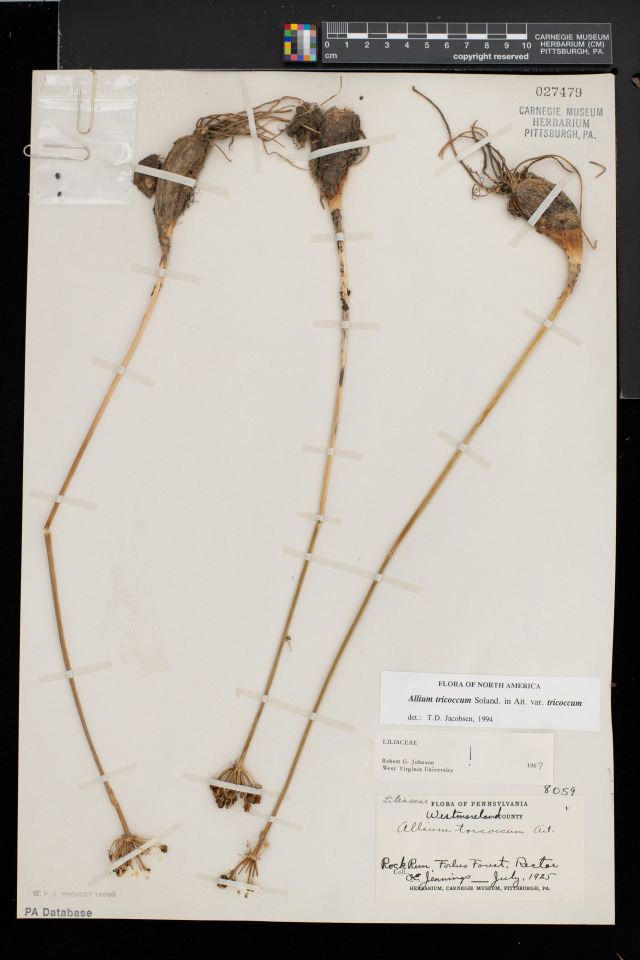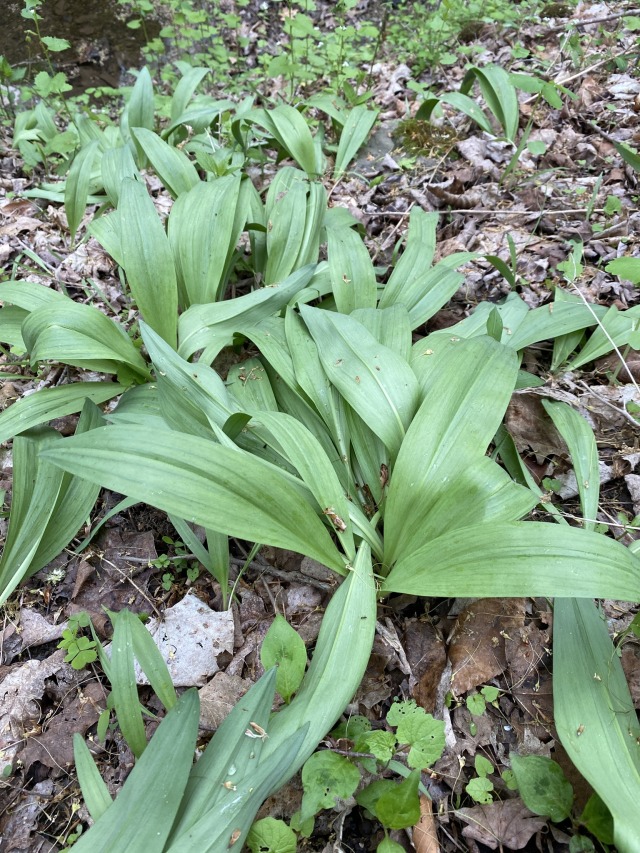by Mason Heberling

This leafless specimen was collected in July 1925 in Rock Run, Forbes State Forest in Rector, Pennsylvania. This site is not far from what would only a few decades later became Powdermill Nature Reserve, the field station of Carnegie Museum of Natural History.
This specimen was collected by Otto Jennings, an influential botanist and curator at Carnegie Museum. Jennings had many roles during his 60 years at the museum (1904 until his death in 1964), including Director of Education, and even Director of the museum. He was also a professor at the University of Pittsburgh, serving as the Head of the Department of Botany, and later as Head of the newly formed Department of Biological Sciences in 1935. On top of that, Jennings somehow was a prolific plant collector. He ranks among the top contributors to the Carnegie Museum Herbarium with nearly 35,000 specimens, and additional plants he collected are preserved in herbariums across the world.
So, where’d the leaves go on this specimen? No, it isn’t parasitic. Wild leeks (also called ramps), Allium tricoccum, have a unique phenology, or timing, of leaf out and flowering. The species emerges very early in the spring, among the earliest in our woods. In this way, the species is a typical “spring ephemeral.” The long leaves soak up the sun before being shaded out by tree canopies a month or two later. At that point, the leaves die back. However, unlike other spring ephemerals, wild leek does not flower in the spring. Instead, months later, in July, the leafless plants send up a solitary flowering stalk. This is quite unusual – a flower coming out of the ground in the middle of the woods, with no signs of leaves.

The leaves of wild leeks carpeting the forest floor in early spring.

The solitary flower stalks poking through other vegetation in mid-summer.
Wild leeks or ramps are in the onion family (Amaryllidaceae, formerly Alliaceae), forming bulbs with a distinctive onion flavor and ball-shaped flower heads typical in the onion family. Ramps are edible, with a long history of human use by Native people and European settlers. Ramp festivals are common throughout Appalachia to this day. However, the species is prone to exploitation and overharvesting, so never harvest without permission, and where harvesting is allowed, follow sustainable practices to protect the plant population.
The species is often treated as having two varieties: var. tricoccum (wild leek) and var. burdickii (narrow leaved wild leek). It depends who you ask, but more studies are now more clearly showing that this species may in fact be multiple species based on very distinct phenology (timing of flowers) and leaf traits (color, width). This case highlights the importance of herbarium specimens in documenting our flora and understanding the complexities of biological diversity.
Also note the small label added to this particular specimen recording this specimen was used in the taxonomic treatment of the species in the Flora of North America, identified by T.D. Jacobsen who co-authored the treatment. Dr. Jacobsen is the current director of the Hunt Institute for Botanical Documentation at nearby Carnegie Mellon University.
Keep an eye out for those leafless flower stalks in the woods!
Find this ramps specimen and 174 more in the Carnegie Museum Herbarium here: https://midatlanticherbaria.org/portal/collections/list.php?db=328&taxa=Allium+tricoccum&usethes=1&taxontype=2
Check back for more! Botanists at the Carnegie Museum of Natural History share digital specimens from the herbarium on dates they were collected. They are in the midst of a three-year project to digitize nearly 190,000 plant specimens collected in the region, making images and other data publicly available online. This effort is part of the Mid-Atlantic Megalopolis Project (mamdigitization.org), a network of thirteen herbaria spanning the densely populated urban corridor from Washington, D.C. to New York City to achieve a greater understanding of our urban areas, including the unique industrial and environmental history of the greater Pittsburgh region. This project is made possible by the National Science Foundation under grant no. 1801022.
Mason Heberling is Assistant Curator of Botany at Carnegie Museum of Natural History. Museum employees are encouraged to blog about their unique experiences and knowledge gained from working at the museum.
Related Content
Collected On This Day in 1957: Coltsfoot
Collected On This Day in 1982: One Specimen Isn’t Always Enough!
Carnegie Museum of Natural History Blog Citation Information
Blog author: Heberling, MasonPublication date: July 30, 2021
